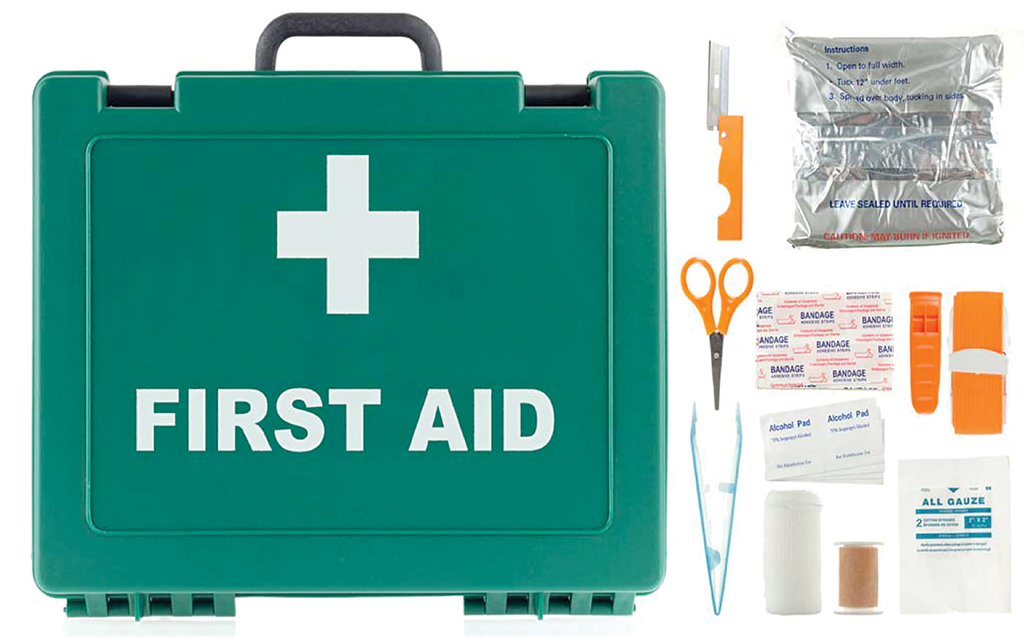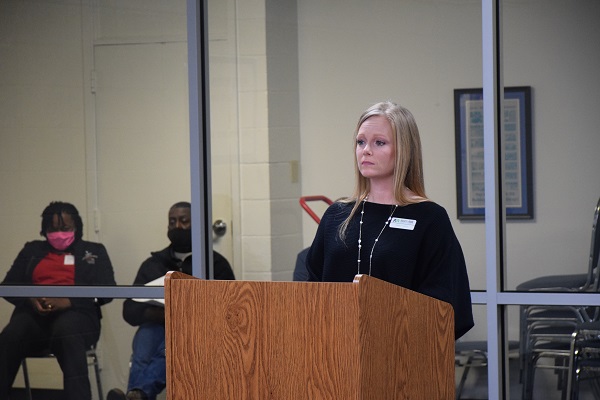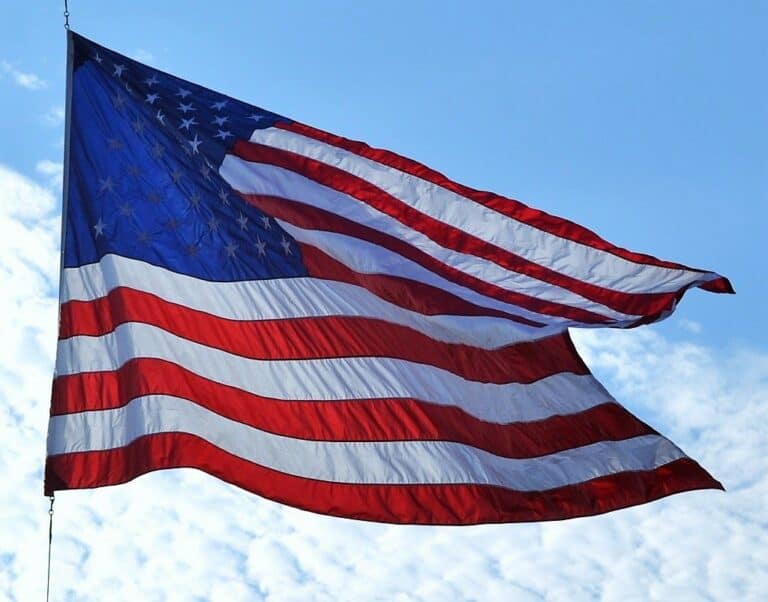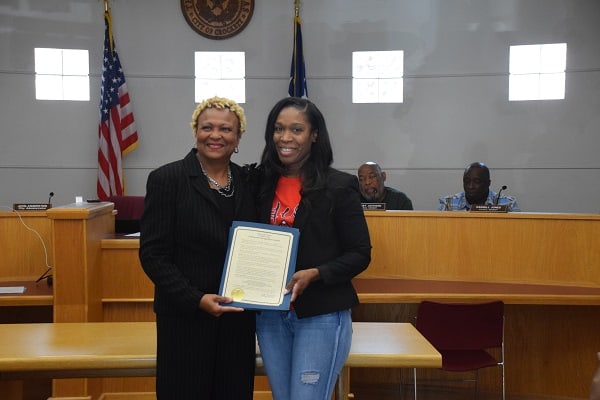Life-Saving Skills: How to Make Your Own Emergency Medical Kit

By Enrique Marin
Arming Patriots CEO
Part of being a good citizen is not being dependent on the government, especially after a disaster. Emergency services will be stretched extremely thin in the aftermath of a such a disastrous event. Preparing for an emergency allows first responders to help those who truly need assistance instead of helping those who know better and could have prepared for the unknown.
There are those mommy first aid skills where a band aid and a kiss are all that’s needed to make everything better. They can fix a cut finger or ice a twisted ankle or staunch a bloody nose, the skills we learn almost by osmosis from watching Mom or Grandma.
Then there’s stepping up during an emergency, the difference between life or death.
Before we start, here are some important tips to help you prepare for the unknown and survive most any catastrophic event that may come your way.
In any survival situation, it is best to stay calm and prioritize the moment to maximize resources. The “Survival Rule of 3” is more of a survival guideline. There are many who can last longer or go further depending on the situation. Everyone’s survival outcome could be different.
- 3 Minutes without air (oxygen) or in icy water
- 3 Hours without shelter in a harsh environment (unless in icy water)
- 3 Days without water (if sheltered from a harsh environment)
- 3 Weeks without food (if you have water and shelter)
Get a game plan, prioritize and survive! Having simple rules to follow is better than having nothing at all.
Another quick first aid method you can apply is the four life saving steps. This method was used for remembering the aims and priorities in first aid. It was originally developed by the US Army for battlefield combat first aid. Now, it’s encouraged for everyone to learn a method they can use to save their own lives or the lives of a loved one.
You can sum up the four life saving steps of first aid with the following saying…
“Stop the Bleeding, Start the Breathing, Protect the Wound and Treat for Shock“.
- Stop the Bleeding – control any catastrophic bleeding.
- Start the Breathing – open the casualty’s airway (using a head tilt / chin lift or jaw thrust), place them in the recovery position if they are breathing or commence cardiopulmonary resuscitation.
- Protect the Wound – apply a bandage / field dressing to cover wounds.
- Treat for Shock – severe blood loss causes ‘shock’, a medical condition caused by reduced blood volume. Treat for shock by lying the casualty down, raising their legs and keeping them warm.
Emergency Medical Kit Gear List
If a disaster strikes your community, first responders or emergency services may not be available when you need them most. You may need to administer first aid before help arrives. Having and Emergency Medical Kit is vitally important and could mean the difference between life and death.
An Emergency Medical Kit should, at the very least, contain the following items:
- Storage Container – Use a bag, box, ziplock bags to hold and fit medical items.
- Biohazard Waste Bag – Get rid of waste properly, protect others from possible infections.
- Pairs of Surgical Gloves – Protect yourself from infections, someone else’s blood, use to protect other necessary items or gear.
- Personal Antimicrobial Wipes – Help disinfect wounds, keep cuts clean and healthy.
- Tourniquet – Apply to stop major blood loss. Be sure you know when to apply and how to use, read instructions carefully before use.
- Trauma Pads – Stop severe bleeding, cover large wounds.
- Triangular Bandage with 2 Safety Pins – Helps keep injuries in place, can be used for special applications like head injuries.
- Wound Closure Strips – Used to help close small wounds by tightening the skin together.
- Burn Gel Packets – Relieves the pain of burns. Read directions carefully before applying.
- Band Aid, Knuckle, Moleskin – Helps keep minor cuts protected and clean from infection.
- Iodine Prep Pads – First aid antiseptic to help prevent infection in minor cuts, scrapes or burns.
- Surgical Cloth Tape – Soft cloth tape offers excellent adhesion yet is gentle to reduce risk of skin irritation.
- Gauze Wraps – Gauze wrapping can be made of cotton, nylon, or elastic and is used to secure a wound.
- Gauze Pads – Treat wounds and absorb liquids.
- Non-Adherent Dressings – The soft perforated film allows air to circulate and the absorbent pad allows the fluid to collect.
- Elastic Bandage Wrap – To help reduce swelling of an injured area of the body, to hold wound bandages in place, to wrap around an arm or leg splint during healing, to improve blood flow to a limb like an arm or leg, to hold cold or hot packs in place on a body part such as an arm.
- Splint – Used for supporting and immobilizing a broken bone.
- Aspirin 2 Pack – Reduce fever and relieve mild to moderate pain from conditions such as muscle aches, toothaches, common cold, and headaches, reduce pain and swelling.
- Diamode 1 Pack – Used to treat diarrhea.
- Diotame 2 Pack – Used to relieve the symptoms of an upset stomach, such as heartburn, indigestion and nausea in adults and teenagers and diarrhea.
- Antihistamine 1 Pack – Used to relieve or prevent the symptoms of hayfever and other types of allergy.
- Ibuprofen 2 Pack – Used to reduce fever and treat pain or inflammation caused by many conditions such as headache, toothache, back pain, arthritis, menstrual cramps or minor injury.
- Triple Antibiotic Ointment Packets – Used for the treatment of certain types of infections caused by bacteria. The topical ointment can be used to treat certain skin infections such as infected wounds, burns, skin grafts, boils and acne.
- Pair of Shears – Used to remove clothing in an emergency and cut off bandages and dressings.
- Pair of Tweezers – Used for picking up objects too small to be easily handled with the human hands, also good for removing splinters.
- First Aid Book – Prevent further harm also sometimes called prevent the condition from worsening, or danger of further injury, this covers both external factors such as moving a patient away from any cause of harm and applying first aid techniques to prevent worsening of the condition.
Emergencies or disasters can strike at any time. Take the time to check for items or gear you may have around the house before investing any money purchasing the items you don’t have. Chances are, you probably have a lot of this gear or equipment stored somewhere.
Bonus tip: Be sure to check for expiration dates! You don’t want to store anything that’s expired.






